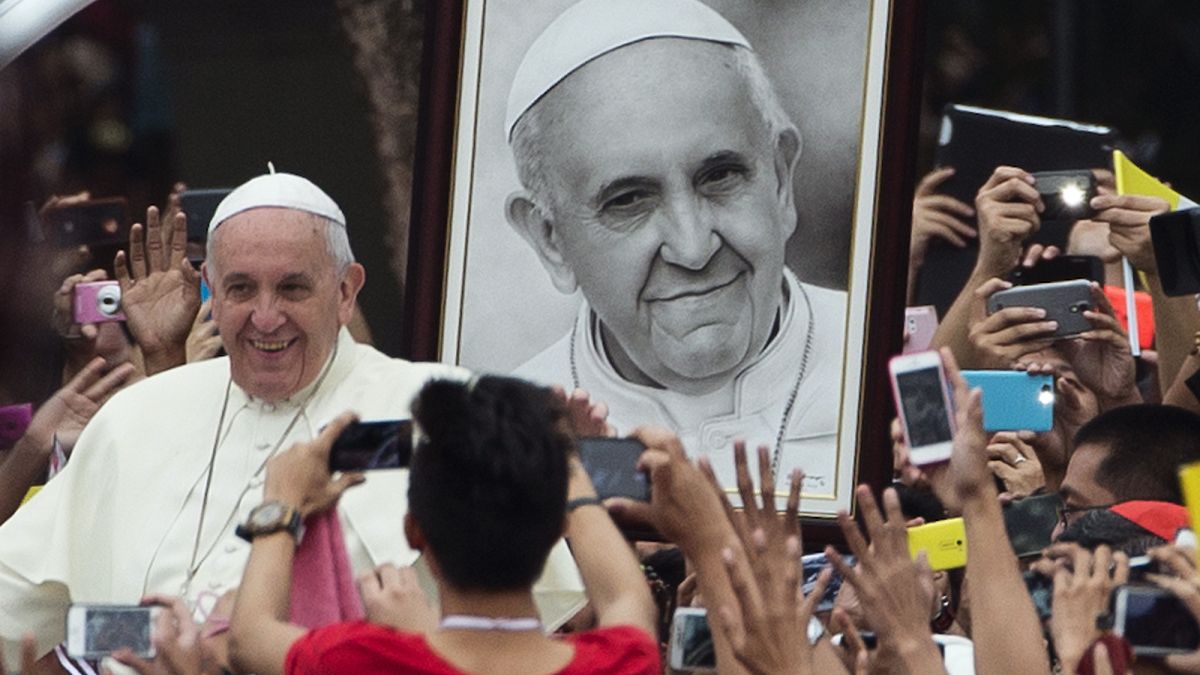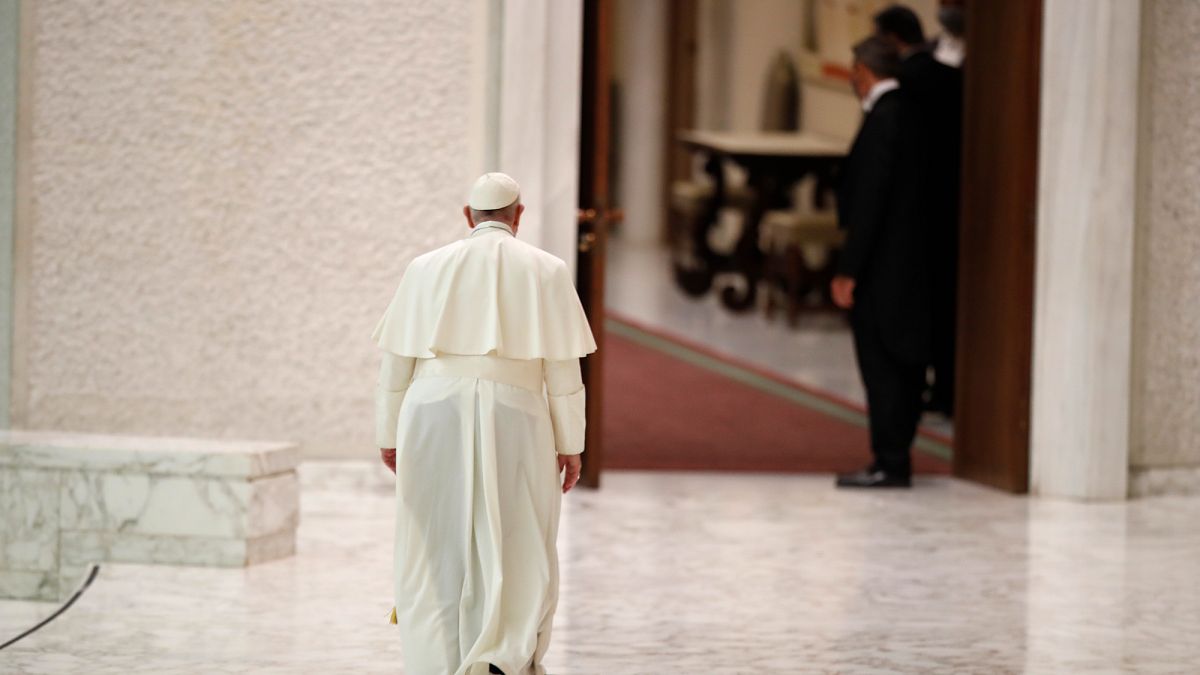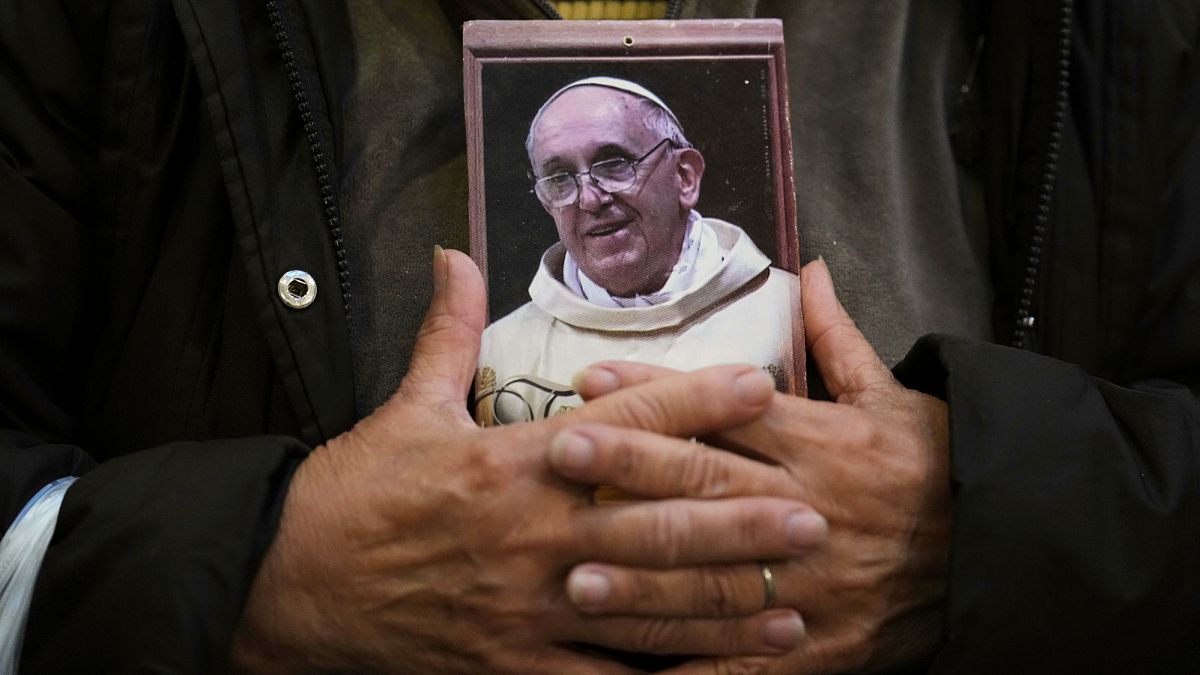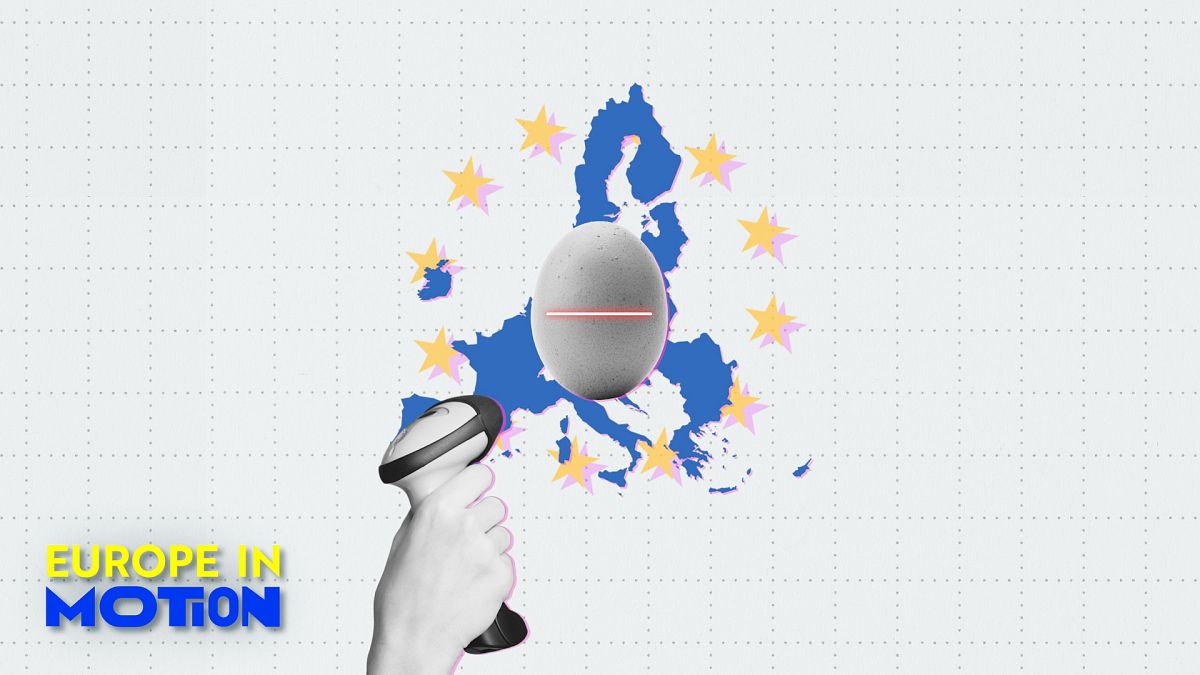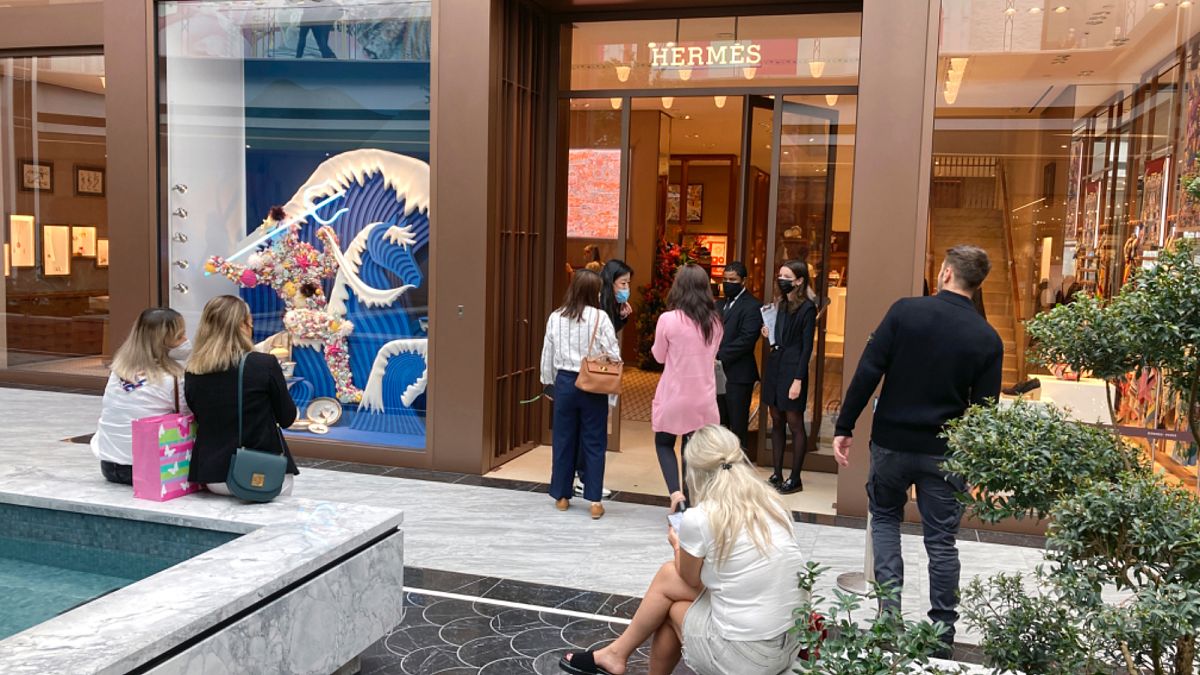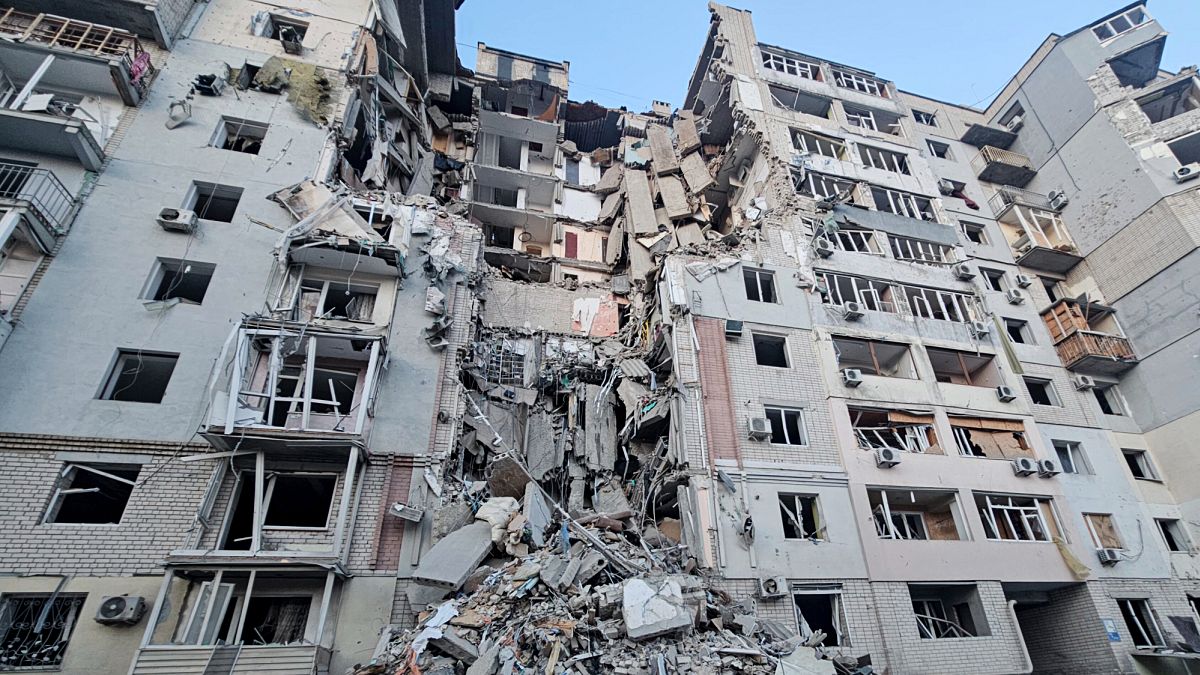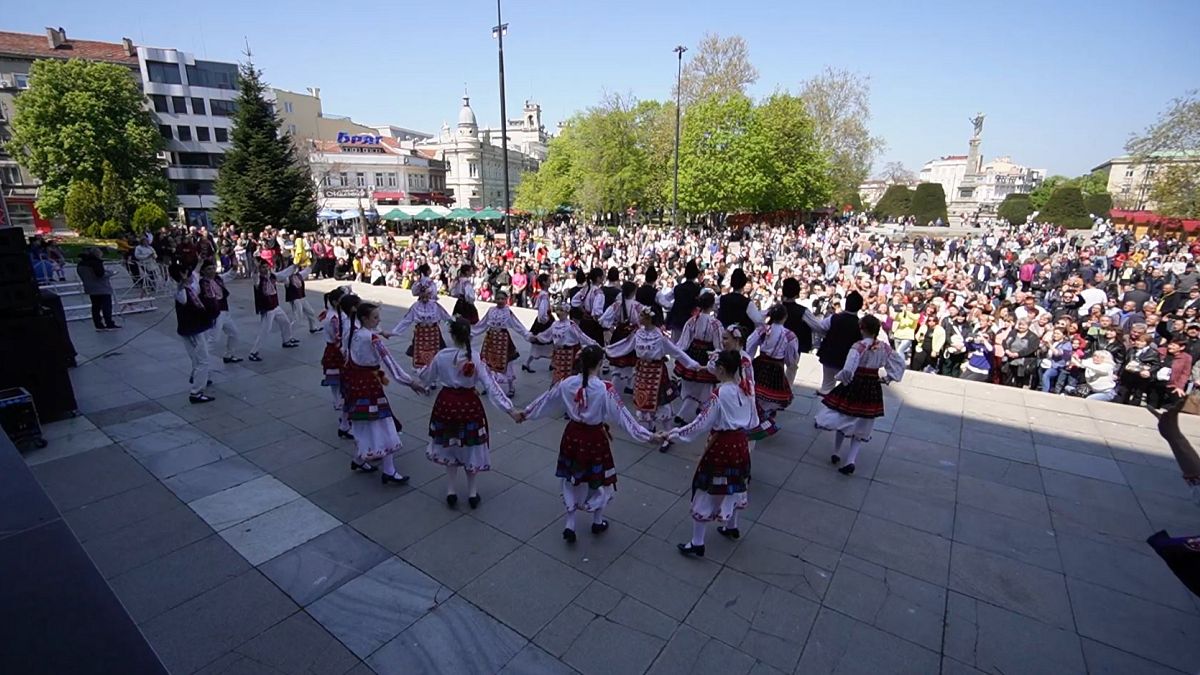After a nine-day mourning period and funeral for Pope Francis, known as the Novendia, the Catholic Church will arrange the next conclave.
The mysterious process, which is not open to the public, will take place in the Sistine Chapel in Vatican City.
Here, the College of Cardinals will gather to elect the church’s next head. The rules, as of 22 January 2025, state there are 138 electors out of 252 cardinals. Only those under the age of 80 may take part in the secret ballot.
Four rounds of voting take place daily until one cardinal receives a two-thirds majority of the vote. The process typically lasts 15 to 20 days.
There are no rules for how long a conclave can last. In 1939, the conclave that elected Pope Pius XII lasted just one day. The longest conclave recorded began in 1268 in Viterbo in Italy and lasted nine years.
Pope Francis was elected after five ballots over two days, and Benedict after four ballots in two days.
But who are the possible contenders this time?
Cardinal Peter Erdo
Erdo, 72, the archbishop of Budapest and primate of Hungary, was twice elected head of the Council of European Episcopal Conferences, in 2005 and 2011, suggesting he enjoys the esteem of European cardinals who make up the biggest voting bloc of electors.
In that capacity, Erdo got to know many African cardinals because the council hosts regular sessions with African bishops’ conferences.
Cardinal Reinhard Marx
The former president of the German bishops’ conference, 71-year-old Marx was a strong proponent of the controversial “synodal path” process of dialogue in the German church that began in 2020 as a response to the clergy sexual abuse scandal there.
As a result, he is viewed with scepticism by conservatives who considered the process a threat to church unity, given it involved debating issues such as celibacy, homosexuality and women’s ordination.
Marx made headlines in 2021 when he offered to resign as archbishop to atone for the German church’s dreadful abuse record, but Francis rejected the resignation and told him to stay.
Cardinal Marc Ouellet
Oullet, 80, of Canada, led the Vatican’s influential bishops office for over a decade, overseeing the key clearinghouse for potential candidates to head dioceses around the world.
Francis kept Ouellet in the job until 2023, even though he was appointed by Pope Benedict XVI, and thus helped select the more doctrinaire bishops preferred by the German pontiff.
Considered more of a conservative than Francis, Ouellet still selected pastorally minded bishops to reflect Pope Francis’ belief that bishops should “smell like the sheep” of their flock.
Cardinal Pietro Parolin
Parolin, 70, of Italy, has been Francis’ secretary of state since 2014 and is considered one of the main contenders to be pope, given his prominence in the Catholic hierarchy.
The veteran diplomat oversaw the Holy See’s controversial deal with China over bishop nominations and was involved, but not charged, in the Vatican’s botched investment in a London real estate venture that led to a 2021 trial of another cardinal and nine others.
A former ambassador to Venezuela, Parolin knows the Latin American church well. He would be seen as someone who would continue in Francis’ tradition but as a more sober and timid diplomatic insider, returning an Italian to the papacy after three successive outsiders: St. John Paul II (Poland); Benedict (Germany) and Francis (Argentina).
Cardinal Robert Prevost
The idea of an American pope has long been taboo, given the geopolitical power already wielded by the United States. But the Chicago-born Prevost, 69, could be a first.
He has extensive experience in Peru, first as a missionary and then an archbishop, and he is currently prefect of the Vatican’s powerful dicastery for bishops, in charge of vetting nominations for bishops around the world.
Francis clearly had an eye on him for years and sent him to run the diocese of Chiclayo, Peru, in 2014.
He held that position until 2023, when Francis brought him to Rome for his current role.
Cardinal Robert Sarah
Sarah, 79, of Guinea, the retired head of the Vatican’s liturgy office, was long considered the best hope for an African pope.
Beloved by conservatives, Sarah would signal a return to the doctrinaire and liturgically minded papacies of John Paul II and Benedict.
Sarah, who had previously headed the Vatican’s charity office Cor Unum, clashed on several occasions with Pope Francis, none more seriously than when he and Pope Benedict co-authored a book advocating the “necessity” of continued celibacy for Latin Rite priests.
The book came out as Francis was weighing whether to allow married priests in the Amazon to address a priest shortage there.
Cardinal Christoph Schoenborn
Schoenborn, 80, the archbishop of Vienna, Austria, was a student of Pope Benedict’s and thus on paper seems to have the doctrinaire academic chops to appeal to conservatives.
However, he became associated with one of Pope Francis’ most controversial moves by defending his outreach to divorced and civilly remarried Catholics as an “organic development of doctrine,” not the rupture that some conservatives contended.
Schoenborn’s parents divorced when he was a teen, so the issue is personal.
He also took heat from the Vatican when he criticised its past refusal to sanction high-ranking sexual abusers, including his predecessor as archbishop of Vienna.
Cardinal Luis Tagle
Tagle, 67, of the Philippines, would appear to be Pope Francis’ pick for the first Asian pontiff.
Francis brought the popular archbishop of Manila to Rome to head the Vatican’s missionary evangelisation office, which serves the needs of the Catholic Church in much of Asia and Africa.
His role took on greater weight when Francis reformed the Vatican bureaucracy and raised the importance of his evangelisation office.
Tagle often cites his Chinese lineage – his maternal grandmother was part of a Chinese family that moved to the Philippines — and he is known for becoming emotional when discussing his childhood.




